Lego's iconic 1970s mini-figure gets a new wooden look
Lego's classic plastic person has been recreated in wood and upscaled 5:1
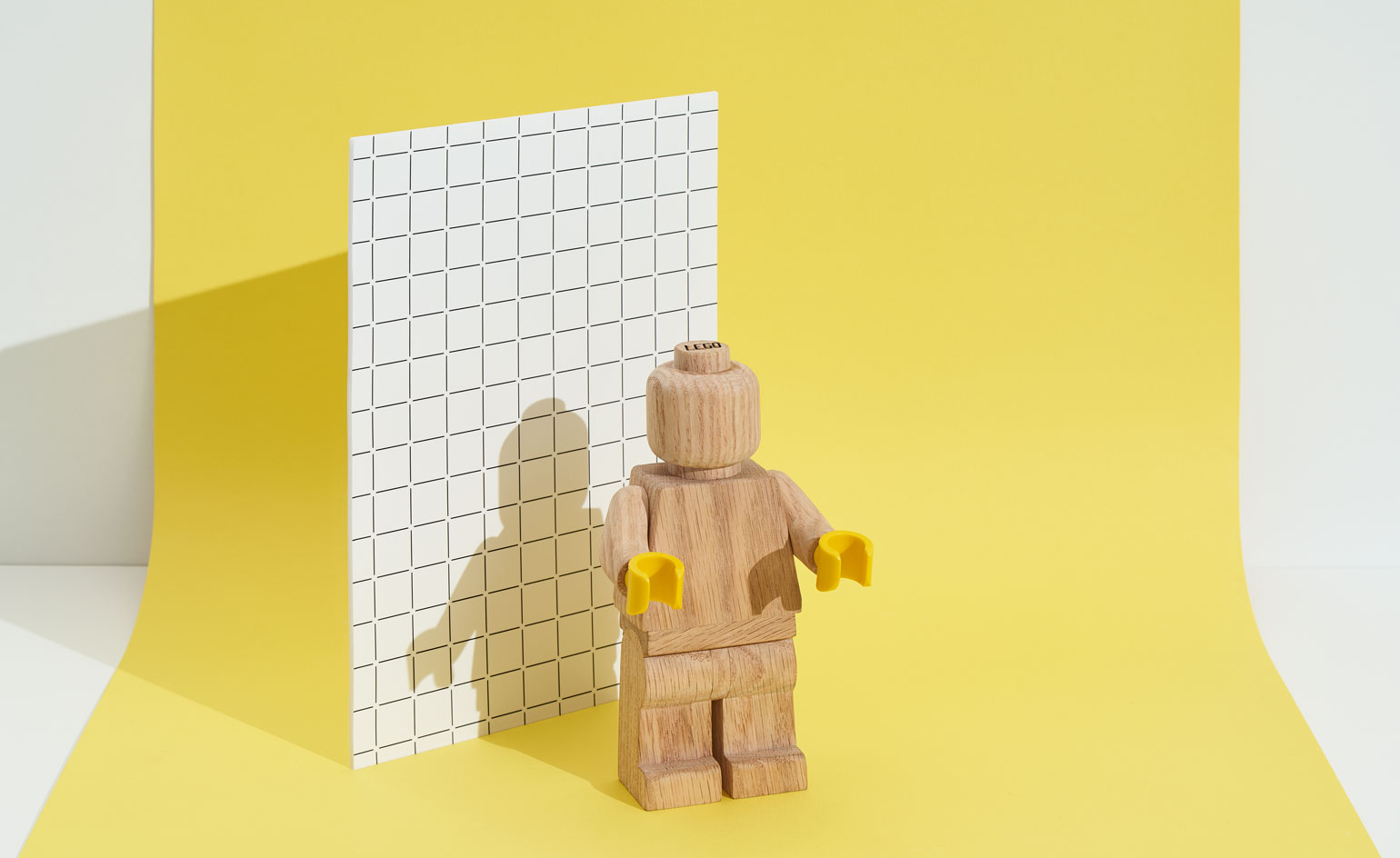
Lego – with an almost century-long history – has celebrated a lot of key anniversaries in its time. But this year falls fallow between key birthday touchpoints. Instead of commemorating a moment, its latest launch salutes the resident mayor of the toy box. Announced today, the plastic minifigure has been reworked into a new wooden, and upscaled, format. ‘We've never really paid homage to the classic minifigure in this way,’ says Sine Klitgaard Møller – a longstanding design director at The Lego Group. ‘Our trend reporting tells us that there's a real appetite with our dedicated fan base – and from the public at large – to see historic objects reconfigured.'
Few understand the appetites of the Lego community better than Møller, who has been with the organisation for 24 years, and highlights the family-feel of the company. Injecting an outsider perspective is playful homeware design specialists Room Copenhagen (which Lego has worked with as a licensed partner for many years). Together, the in-house Lego design team worked with Room Copenhagen to create this contemporary twist on a classic.
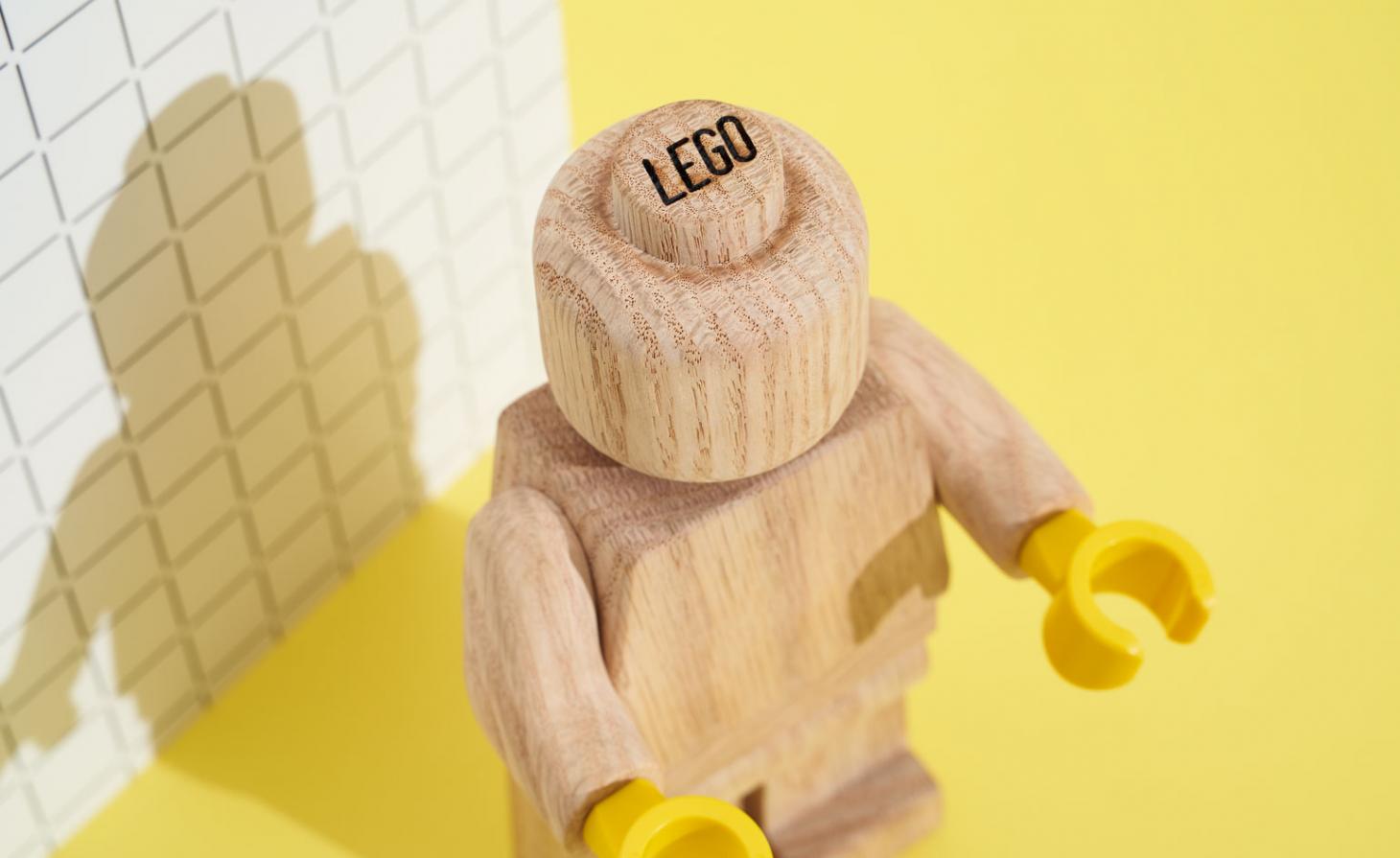
Lego Minifigure
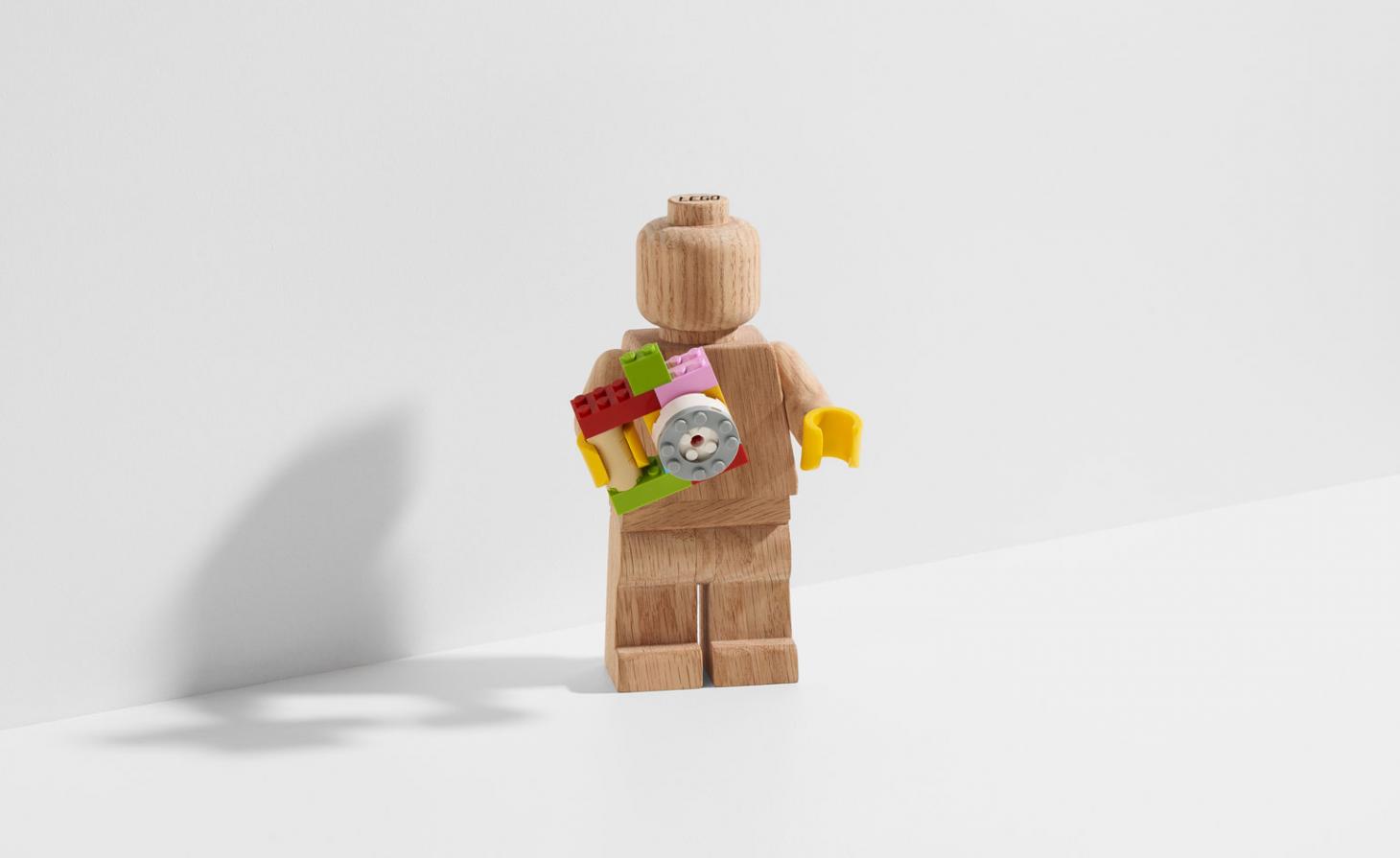
The main change? Minifigure has had a growth spurt: now, it stretches over 20cm toe-to-hat. The traditional plastic body has been swapped for handcrafted FSC-certified oak, with adjustable yellow plastic hands, familiar to today’s Lego minifigures.
Though forward-looking in materiality, the piece recalls key moments from Lego's history, like the Bedford firetruck (1959), which was the last product to combine plastic and wood in this way. The first Lego toys were hand crafted from wood, as per the vision of the late founder and master carpenter, Ole Kirk Christiansen. His craftsmanship and attention to detail secured a high level of quality, but when wood supplies became scarce in the aftermath of the Second World War, Ole started supplementing his production with plastics. ‘I have always been committed to making the nicest and most robust objects, and just like other carpenters I believe the best type of advertising is when the product promotes itself,' Christiansen said, speaking in 1950. ‘Our purpose is to produce a really good, solid and finely crafted piece of work, and ensure LEGO products always be known for their exceptional quality.'
With this renewed emphasis on materiality, one wonders: is this a toy to be played with, or a decorative shelf-dweller? Either and both, says Møller. ‘Lego should be for everybody. A lot of our dedicated fans would place it on a shelf, as it is a truly beautiful object to look at. But we want to give everybody the opportunity to interact with the piece, too. There’s a lot of art objects out there that you can buy, but we really wanted to nudge people to get creative.'
INFORMATION
Wallpaper* Newsletter
Receive our daily digest of inspiration, escapism and design stories from around the world direct to your inbox.
Elly Parsons is the Digital Editor of Wallpaper*, where she oversees Wallpaper.com and its social platforms. She has been with the brand since 2015 in various roles, spending time as digital writer – specialising in art, technology and contemporary culture – and as deputy digital editor. She was shortlisted for a PPA Award in 2017, has written extensively for many publications, and has contributed to three books. She is a guest lecturer in digital journalism at Goldsmiths University, London, where she also holds a masters degree in creative writing. Now, her main areas of expertise include content strategy, audience engagement, and social media.
-
 Warp Records announces its first event in over a decade at the Barbican
Warp Records announces its first event in over a decade at the Barbican‘A Warp Happening,' landing 14 June, is guaranteed to be an epic day out
By Tianna Williams
-
 Cure your ‘beauty burnout’ with Kindred Black’s artisanal glassware
Cure your ‘beauty burnout’ with Kindred Black’s artisanal glasswareDoes a cure for ‘beauty burnout’ lie in bespoke design? The founders of Kindred Black think so. Here, they talk Wallpaper* through the brand’s latest made-to-order venture
By India Birgitta Jarvis
-
 The UK AIDS Memorial Quilt will be shown at Tate Modern
The UK AIDS Memorial Quilt will be shown at Tate ModernThe 42-panel quilt, which commemorates those affected by HIV and AIDS, will be displayed in Tate Modern’s Turbine Hall in June 2025
By Anna Solomon
-
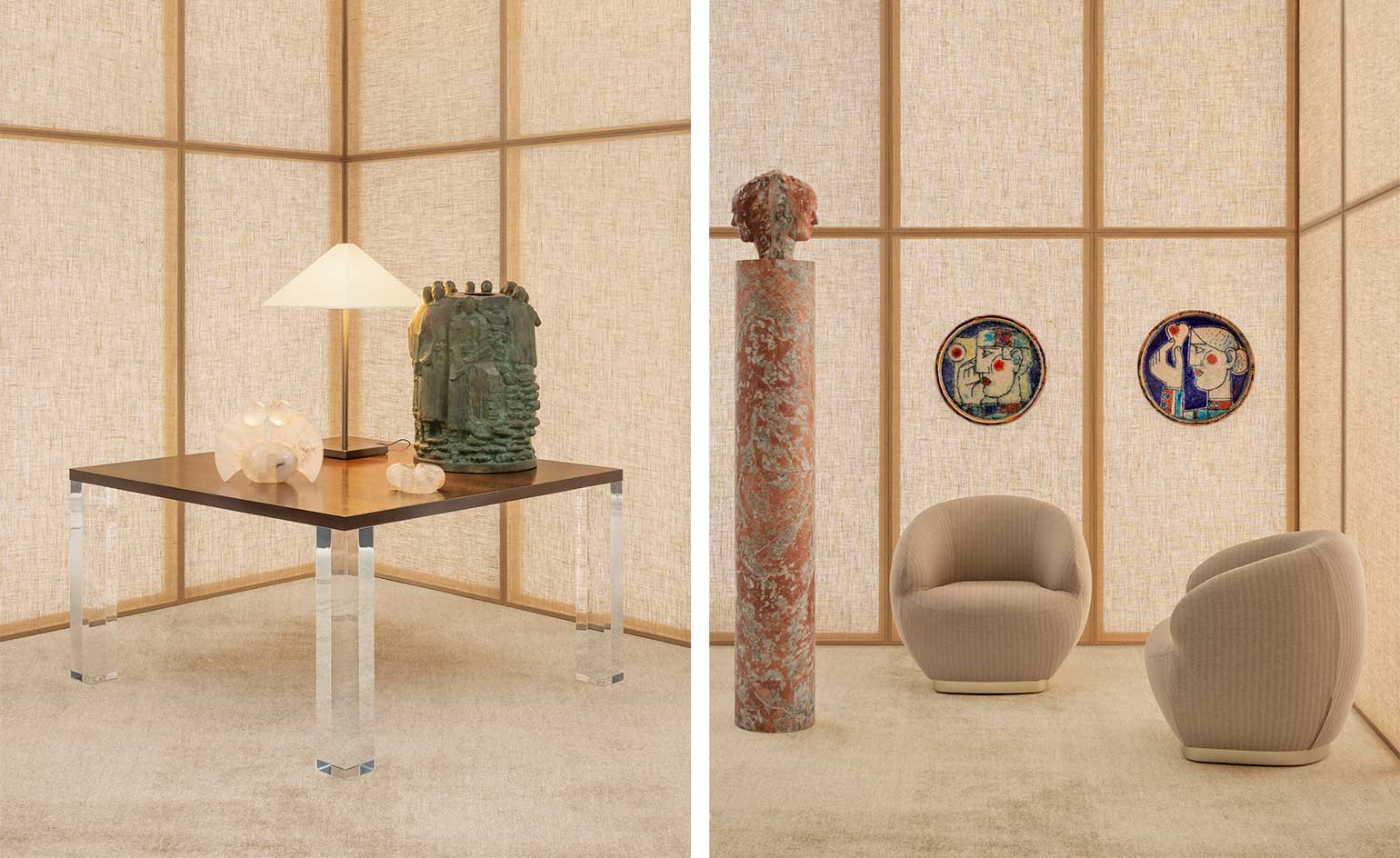 Art, artefacts and Armani Casa: step into our Made in Italy showcase
Art, artefacts and Armani Casa: step into our Made in Italy showcaseIn this photographic series, we combine Armani Casa’s timeless furniture collections with Italian art and rare artefacts to tell the story of Made in Italy craftsmanship
By Nick Vinson
-
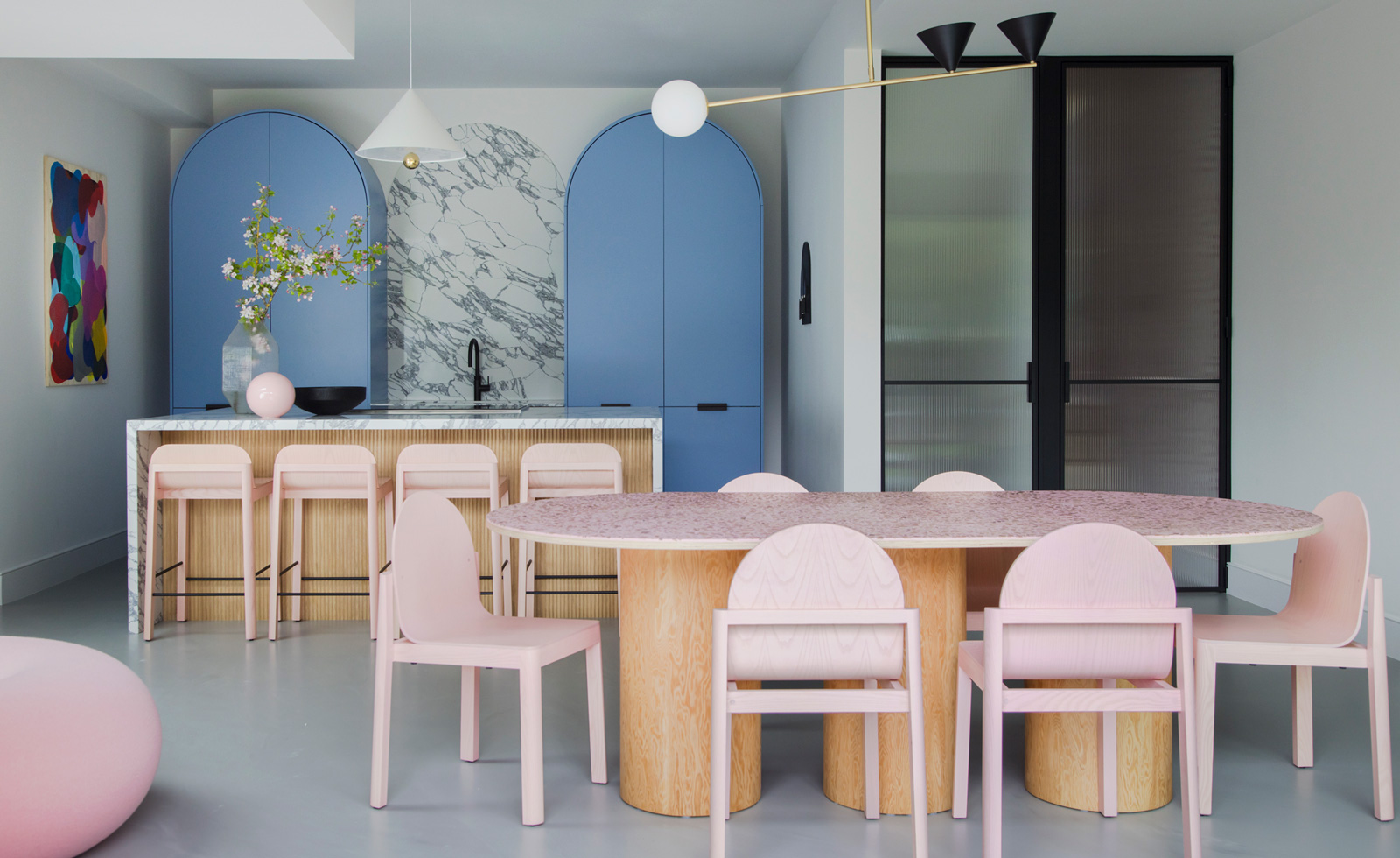 Playful design codes rule in this London Victorian family home
Playful design codes rule in this London Victorian family home2LG Studio embraces colour and comfort in an extensive renovation of a Victorian family home
By Hannah Silver
-
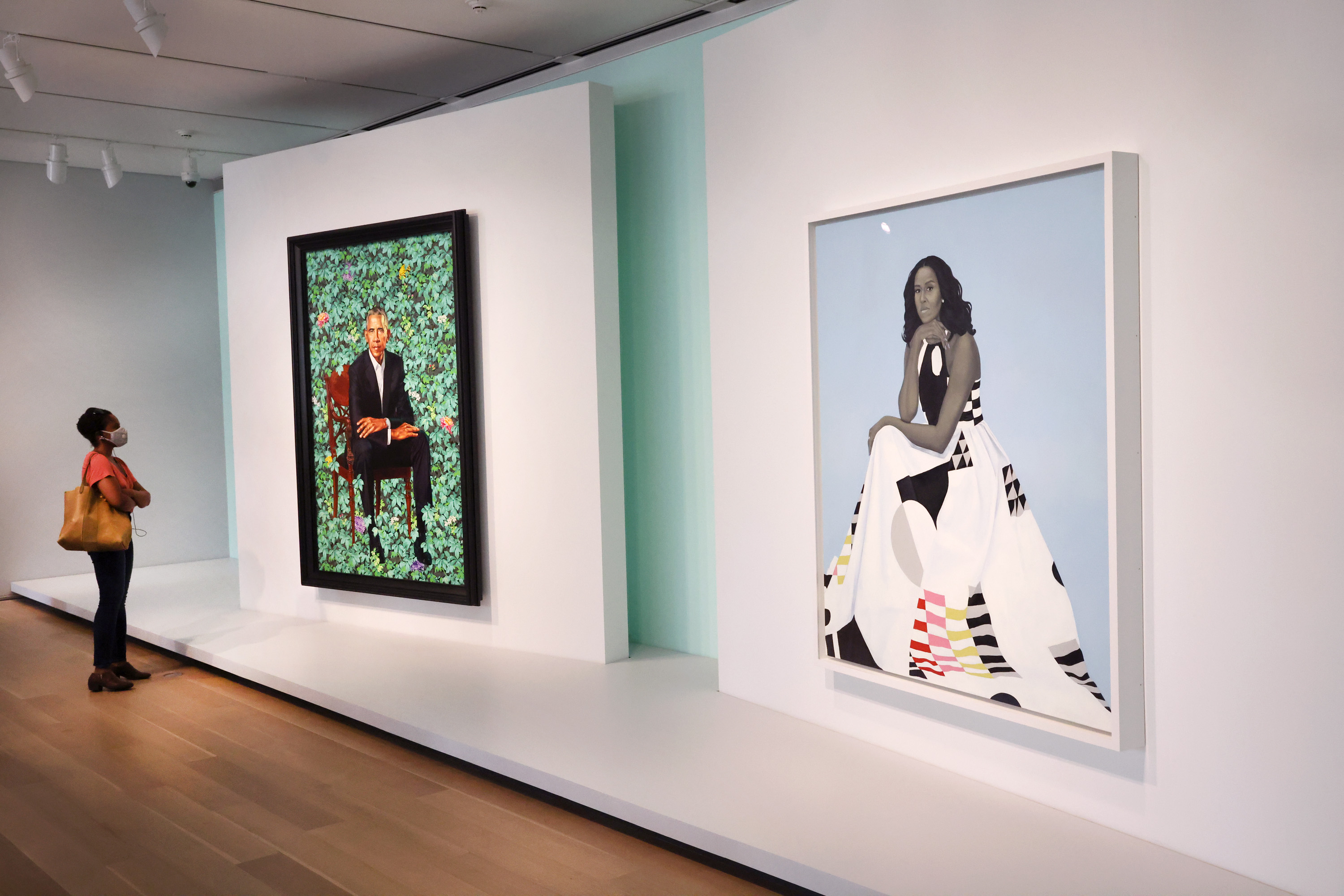 Design at the White House: the creatives working with US Presidents past and present
Design at the White House: the creatives working with US Presidents past and presentInterior designers, fashion designers and artists, whose collaborators have included the White House and its residents, with commissions that range from interior refits to presidential portraits
By Pei-Ru Keh
-
 Essx store opens in New York’s Lower East Side
Essx store opens in New York’s Lower East SideEssx is a new concept and community store by local architecture firm Leong Leong and designer Yossi Shetrit
By Pei-Ru Keh
-
 Eastside Bowl scores big with a maximalist postmodern aesthetic
Eastside Bowl scores big with a maximalist postmodern aestheticDesigned by Cowboy Creative, Eastside Bowl in Nashville, Tennessee, combines American nostalgia and southern charm
By Pei-Ru Keh
-
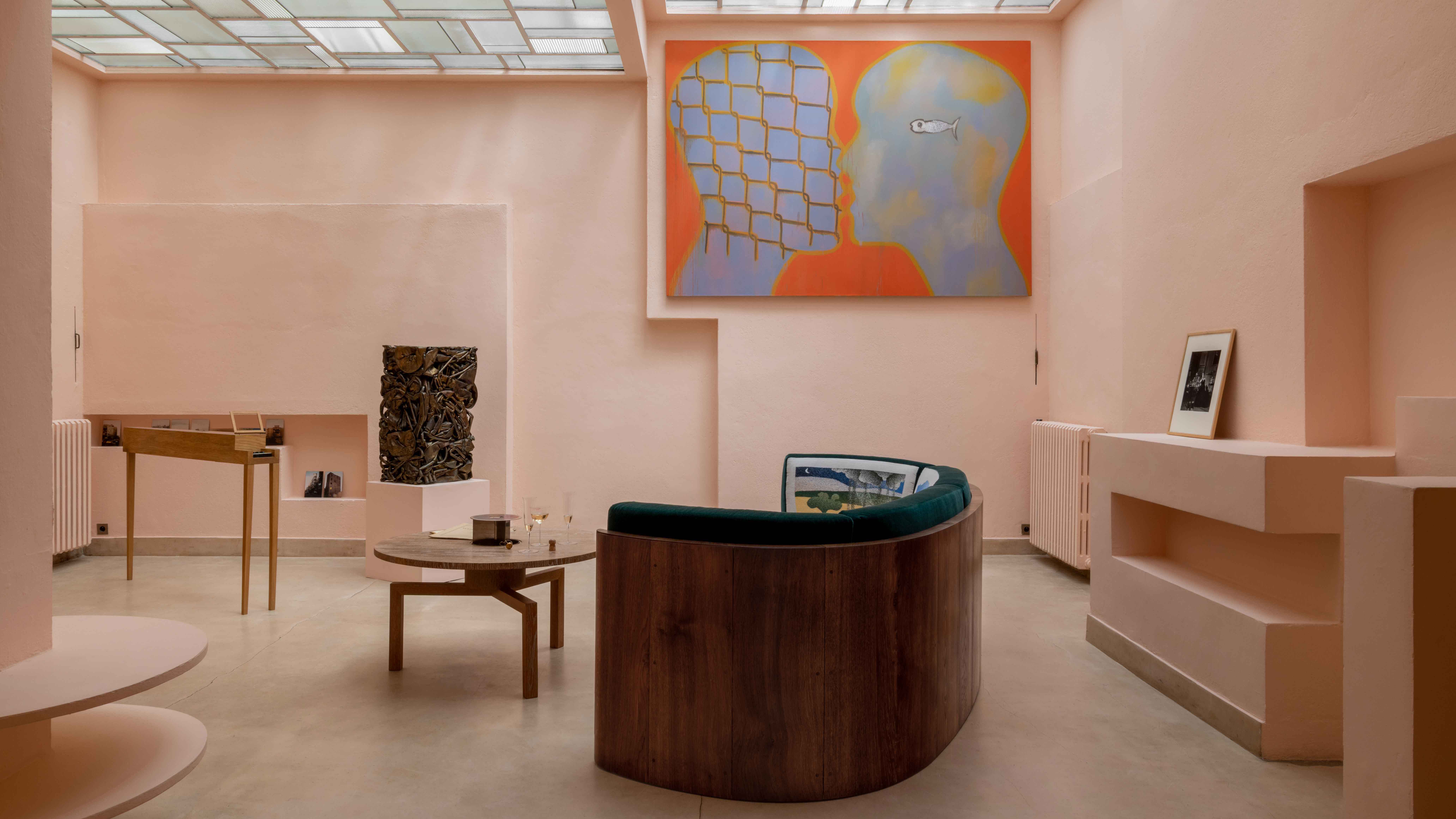 The Design Parade kicks off a creative Summer in the French Mediterranean
The Design Parade kicks off a creative Summer in the French MediterraneanDesign Parade 2023, set between Hyères and Toulon until the fall, features a showcase of design by emerging and established talent
By Jean Grogan
-
 This Los Angeles bolthole by Masastudio and Kelly Wearstler is a carefully considered gem
This Los Angeles bolthole by Masastudio and Kelly Wearstler is a carefully considered gemLaid out like a village, the first collaboration between LA-based Masastudio and Kelly Wearstler is a sculptural family home inspired by Mediterranean architecture
By Pei-Ru Keh
-
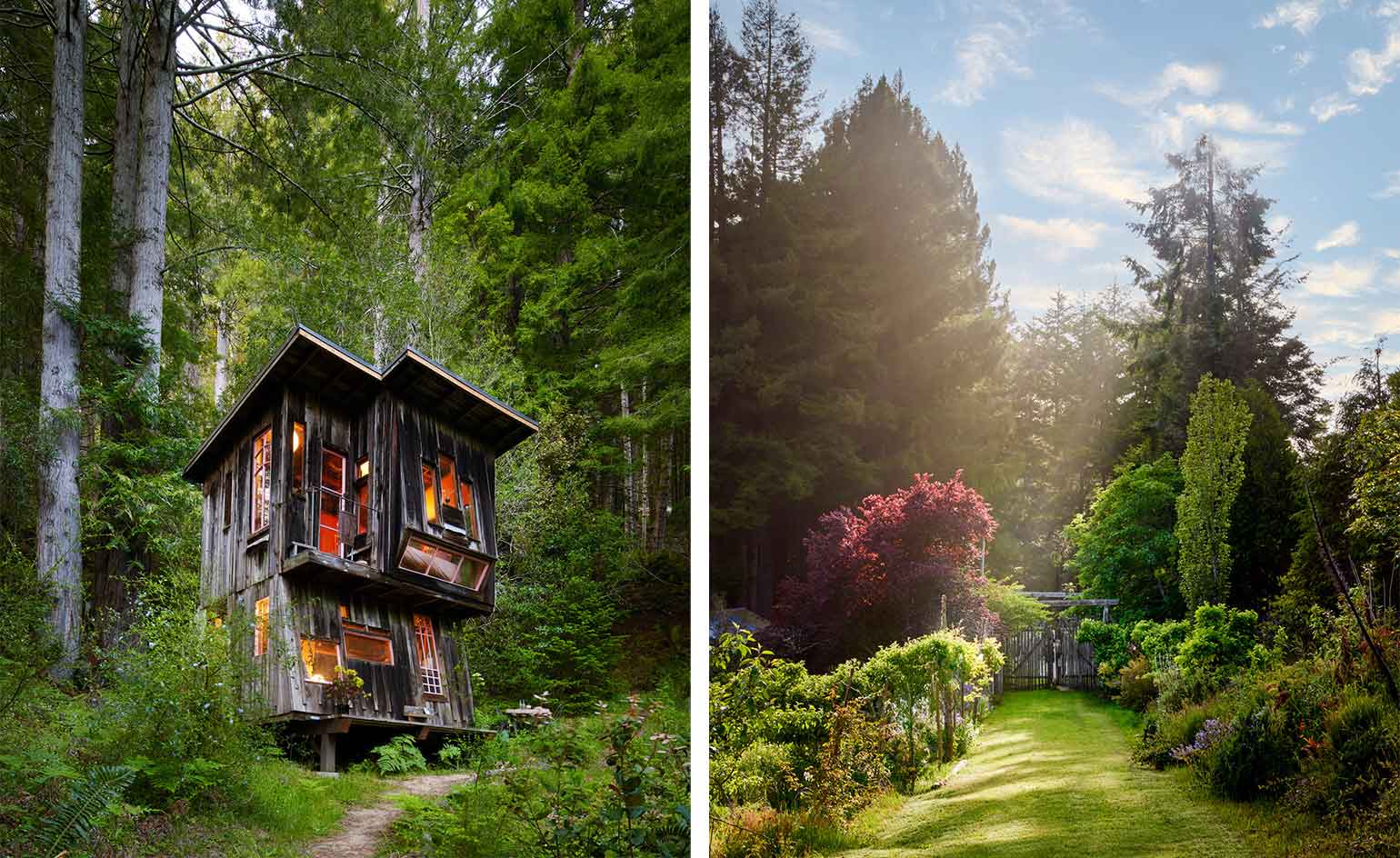 Building Salmon Creek Farm: inside California’s ultimate creative retreat
Building Salmon Creek Farm: inside California’s ultimate creative retreatSalmon Creek Farm's founder, the architecture-trained artist Fritz Haeg, opens the doors to his cultural commune and tells us its story
By Fritz Haeg